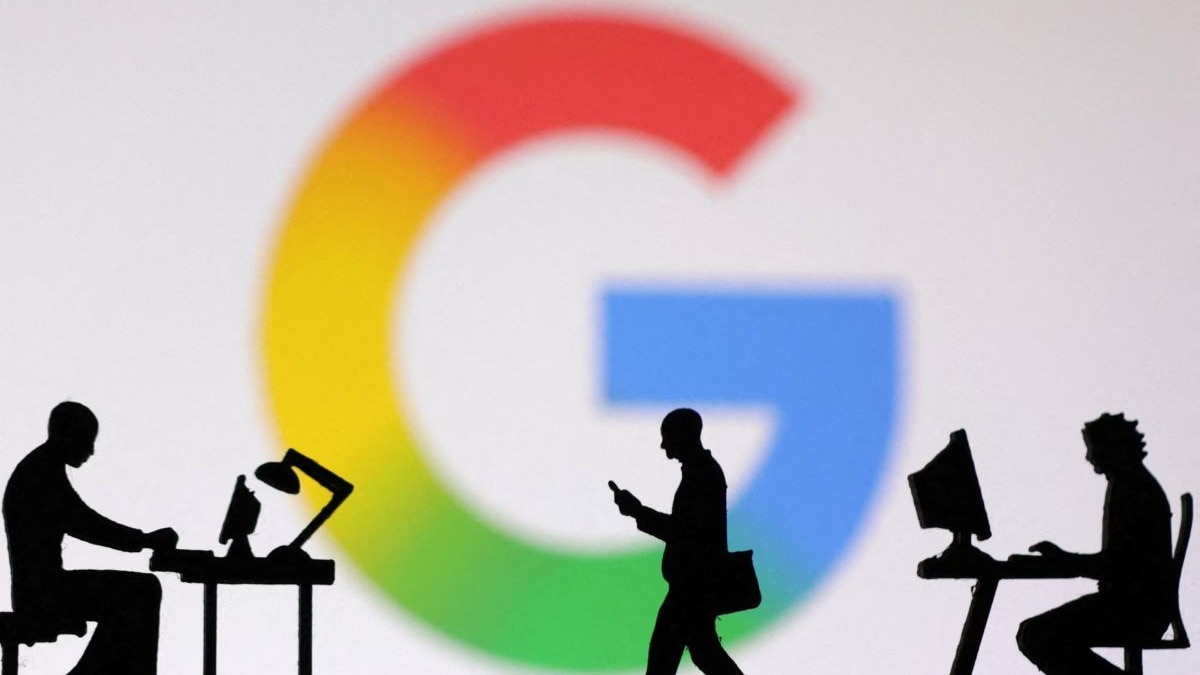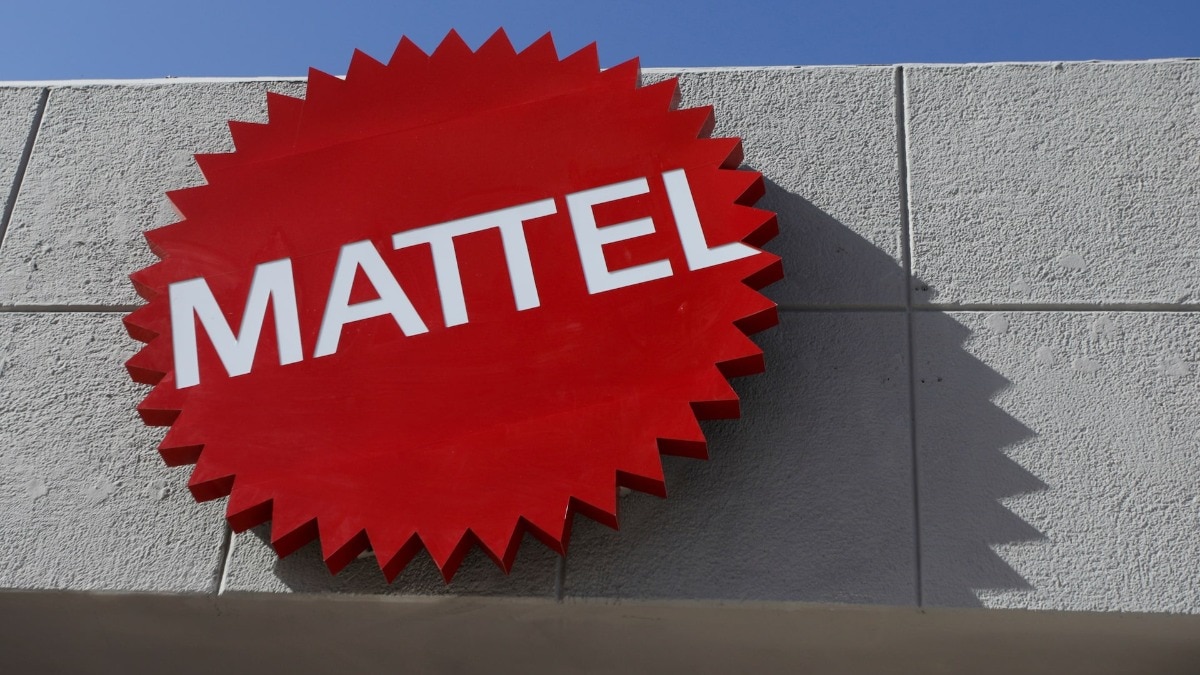Building India’s 5G Infrastructure: Insights from Mukesh Ambani
In an exclusive discussion with Gautam Kumra from McKinsey, Mukesh Ambani, the Chairman and Managing Director of Reliance Industries, shared valuable insights about establishing India’s 5G infrastructure from the ground up, the role of purpose in attracting talent in the AI era, and the essentials of leading in a rapidly changing Asia.
Reliance’s Journey in 5G Technology
Beginning with the developments in telecom, Ambani recounted the ambitious pathway of Reliance in 5G technology. He noted, “In 2021, we launched 5G. We built everything ourselves, end to end—the core, the hardware, the software, every single piece.”
While Reliance collaborated with global leaders such as Ericsson and Nokia for specific components, Ambani highlighted that 80% of the technology was created internally, a remarkable milestone. He expressed, “I also wanted to ensure that our team remains humble. I instructed them to aim higher than others. And we have succeeded. This delivers us unique capabilities that we are now introducing into the market. As this is our own technology, we will provide distinctive services.”
Innovation Beyond Telecom
The pursuit of innovation and excellence permeates all divisions of Reliance, with Ambani underscoring how this philosophy shapes the company’s broader operations. His vision for developing technology that benefits society is particularly clear when discussing artificial intelligence (AI).
He pointed out, “What people often overlook is that the same 500 individuals typically contribute to the creation of AI, whether it’s OpenAI or others. They work for one entity today and may move on to another tomorrow. They are motivated by purpose, stating that as long as their work aligns with the company’s overarching mission, they remain committed.”
The Role of AI in Societal Challenges
Ambani emphasised the strategic approach Reliance adopts towards AI, especially in tackling intricate societal issues. He articulated, “Within the AI landscape, our mission is to address complex challenges facing society and generate wealth for the nation and its people. We do not need to engage in high-risk GPU ventures. Instead, we should focus on everything downstream.” This philosophy has attracted top talent, allowing Reliance to bring in some of the industry’s brightest minds.
Leadership Defined by Purpose
Ambani’s message is unequivocal: effective leadership involves having a clear purpose, aligning it with technological advancements, and inspiring teams to reach ambitious objectives. He stated, “When one has clarity regarding their goals and understands how to leverage technology, achieving their North Star becomes possible.”
The complete interview is featured in McKinsey & Company’s Leading Asia series, which delves into the leadership strategies that are shaping the future of the continent.









